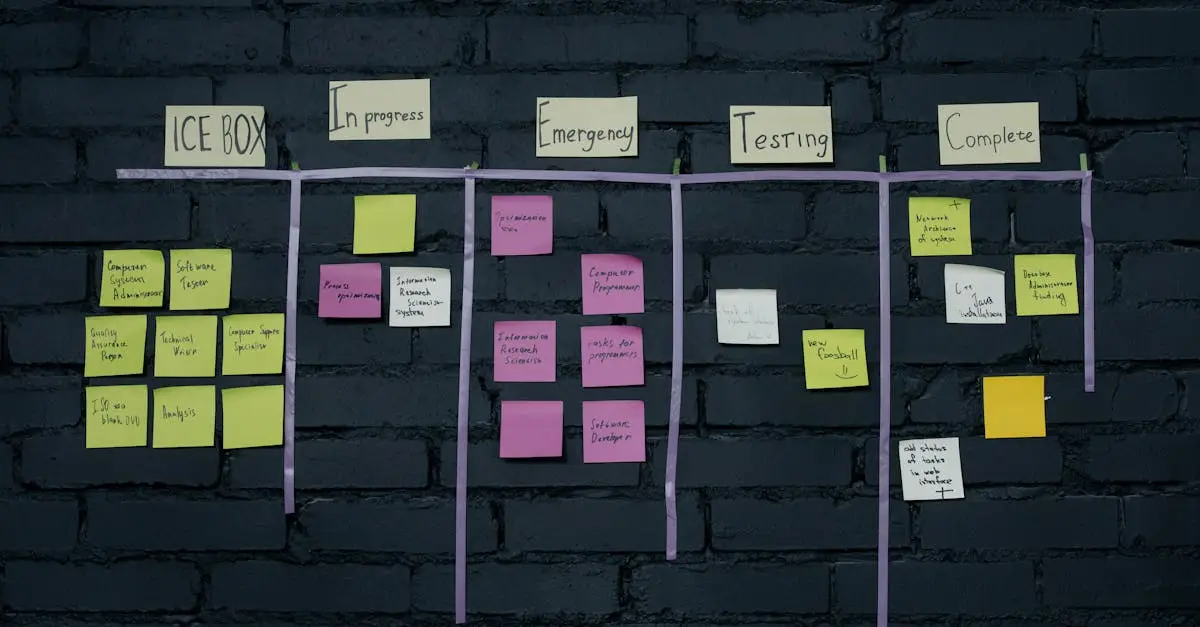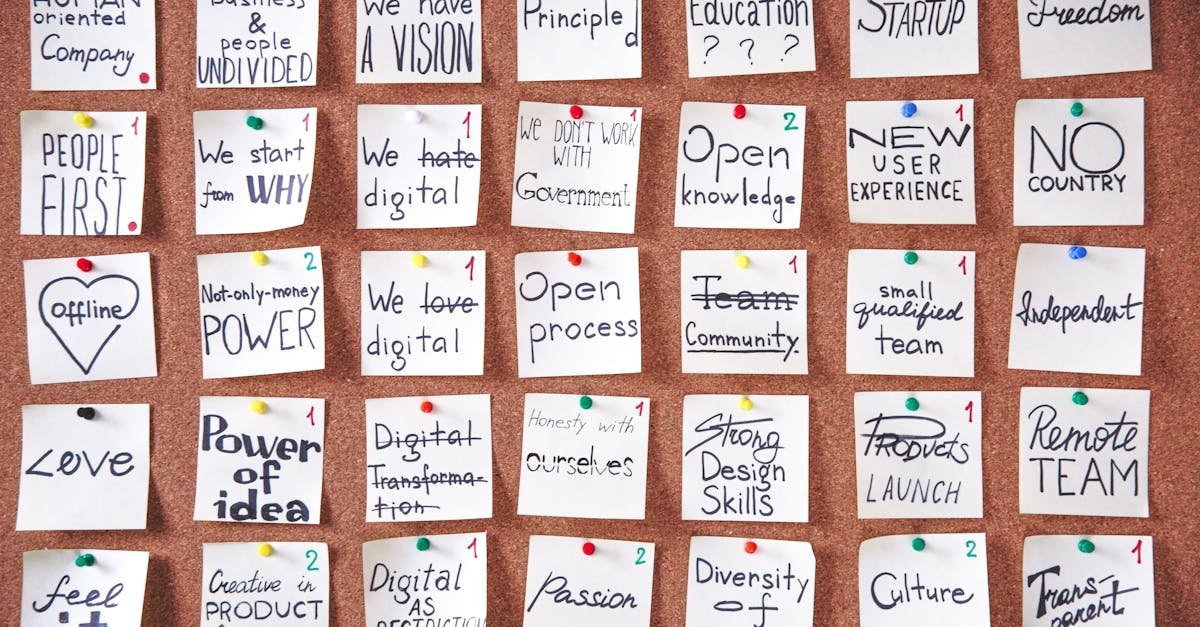Feedback-Driven Success: Elevating Shared Services Efficiency
Picture this: you’re battling through another chaotic workweek, deadlines looming, and your team feels more like a band of lost pirates than a finely tuned ship. It’s tough, right? Those days when everything feels off track can be daunting. What if I told you that the root of many shared services inefficiencies could be tackled with an often overlooked, yet powerful approach: feedback. I’m Vikrant Aglawe, a shared services expert with over 20 years of experience in outsourcing and offshoring. What I’ve learned along the way is simple: feedback is the heartbeat of any successful operation. When it’s prioritized, it elevates performance, builds trust, and drives engagement. In this blog, we will explore how embracing feedback can transform shared services efficiency. The Importance of Feedback in Shared Services Let’s get straight to it: feedback isn’t just a corporate buzzword. It’s essential. In shared services, you deal with intricate processes, complex systems, and diverse teams. Without regular feedback, you could find yourself spiraling into confusion, miscommunication, and inefficiency. Just consider: Feedback helps identify pain points in workflows. It encourages innovation by providing a platform for new ideas. It builds a strong culture of collaboration and trust among team members. Transforming Feedback into Action Now that we recognize feedback’s value, how do we actually put it to good use? Here’s my take—feedback should be less about formal reviews and more about everyday conversations. Here’s some straightforward advice to get started: Hold regular check-ins: Schedule brief, frequent meetings to discuss challenges and gather input. Think of it as a coffee break, not a corporate obligation. Utilize surveys: Go for short, engaging surveys to capture sentiments and suggestions from team members. Keep it simple—nobody wants to fill out a novel. Encourage open dialogue: Create an environment where sharing thoughts is welcomed and valued. Make it part of your culture. Real Stories, Real Results Let me share a quick story. A few years back, I was overseeing a large shared service center, and we were struggling with process optimization. It felt like we were running in circles. So, we started a monthly ‘Feedback Forum’ where team members could voice concerns and suggest improvements. The results? Night and day. Morale went up, and we identified several bottlenecks we had overlooked. Most importantly, team members felt heard. They were excited to contribute. We turned the ship around, and efficiency skyrocketed. Encouraging a Culture of Feedback To truly elevate efficiency in shared services, you need to cultivate a feedback-friendly culture. Here’s how: Lead by example: As a leader, share your own experiences and be open to receiving feedback. Show that it’s okay to be vulnerable. Promote collaboration: Break down silos by encouraging teams to work together and share insights. Collective wisdom leads to smarter solutions. Recognize contributions: When someone offers valuable feedback or proposes a great idea, shout it from the rooftops. Recognition boosts confidence and fosters more input. Measuring Success from Feedback You may be wondering, how can we measure the impact of our feedback initiatives? Here’s a simple approach: Track KPIs: Regularly monitor key performance indicators related to efficiency and team engagement. Look for trends linked to feedback implementation. Solicit follow-up feedback: After implementing changes based on feedback, go back to your team and ask for their thoughts. Has it made a difference? Celebrate small wins: Use your successes as case studies to encourage more feedback and continuous improvement. The Bottom Line Driving feedback-driven success in shared services isn’t just a nice-to-have—it’s a game-changer. It can turn a struggling team into a high-performing powerhouse. By embracing feedback, you’re not only improving processes but also creating an environment where everyone feels significant. Interested in diving deeper into shared services transformations? I highly recommend checking out THEGBSEDGE blog, which is packed with insights on strategy, leadership, technology, and process excellence. Let’s keep the conversation going. Together, we can create an atmosphere where feedback fosters a culture of success.
Feedback-Driven Success: Elevating Shared Services Efficiency Read More »









